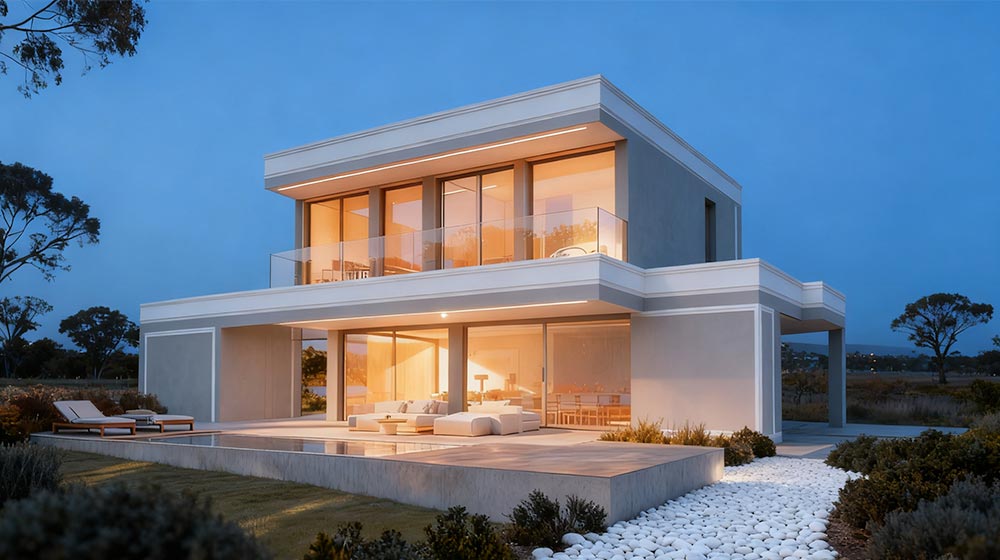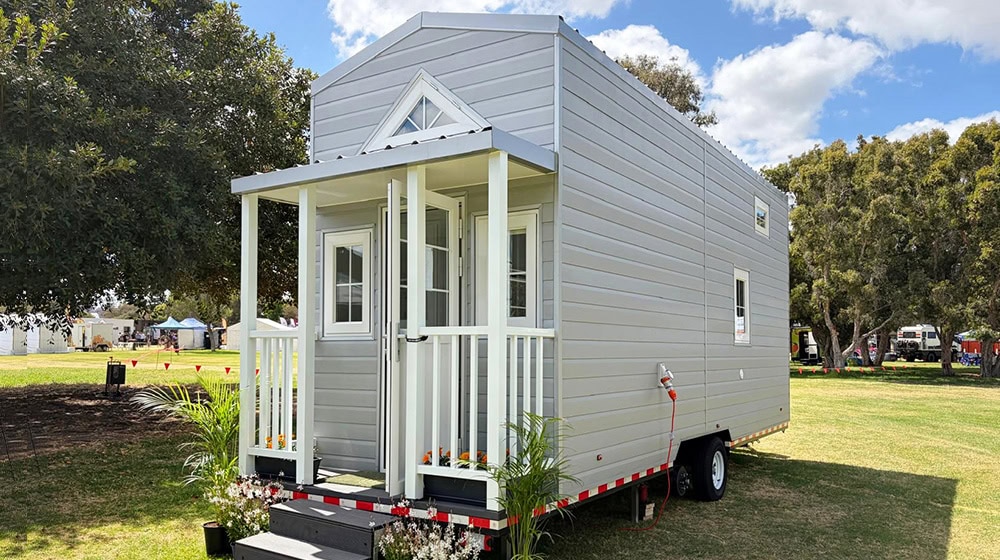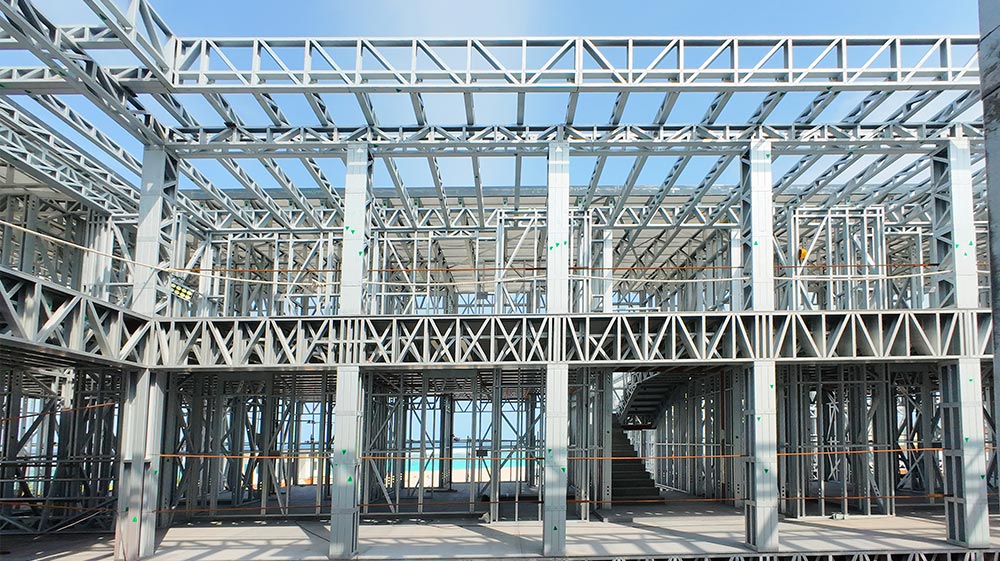In recent years, the construction industry has witnessed the rise of an innovative building method that is gaining popularity among homeowners and builders alike—the light steel frame house. Combining strength, versatility, and sustainability, these structures offer a modern solution to housing needs. In this blog, we will delve into the world of light steel frame houses, exploring their benefits, and the reasons why they are revolutionizing the way we build our homes.
1. Understanding Light Steel Frame Houses:
a. Defining Light Steel Frame Construction:
-
Light steel frame construction involves the use of cold-formed steel sections to create the structural framework of a building.
-
Unlike traditional building methods that rely on heavy timber or concrete, light steel frames are manufactured off-site and assembled on-site.
b. The Components of Light Steel Frame Houses:
-
Steel Studs: Lightweight yet strong vertical and horizontal members that form the frame.
-
Floor Joists and Chassis: Load-bearing components that provide structural support for upper levels.
-
Wall Panels: Steel frames covered with sheathing and insulation.
-
Roof Trusses: Lightweight steel structures that support the roof.
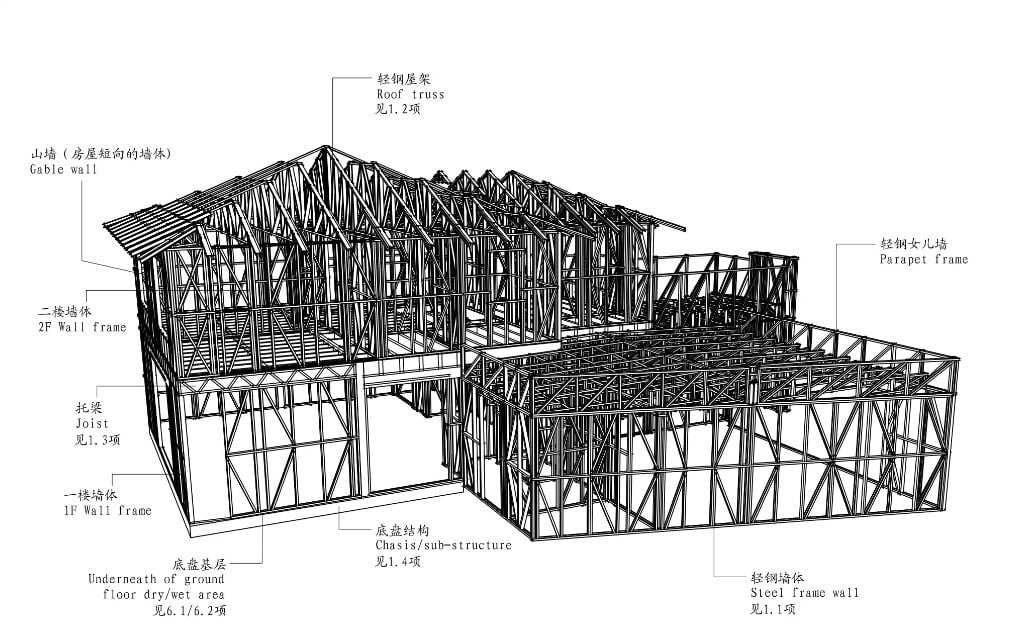
c. Structural Advantages:
-
Strength and Durability: Light steel frame houses can withstand extreme weather conditions and are resistant to pests, fire, and rot.
-
Precision and Consistency: The manufacturing process ensures precise dimensions and reduces on-site construction errors.
d. Architectural Possibilities:
-
Flexibility in Design: Light steel frames allow for open floor plans, large windows, and creative architectural features.
-
Multi-story Construction: Light steel frame houses can accommodate multiple stories without compromising structural integrity.
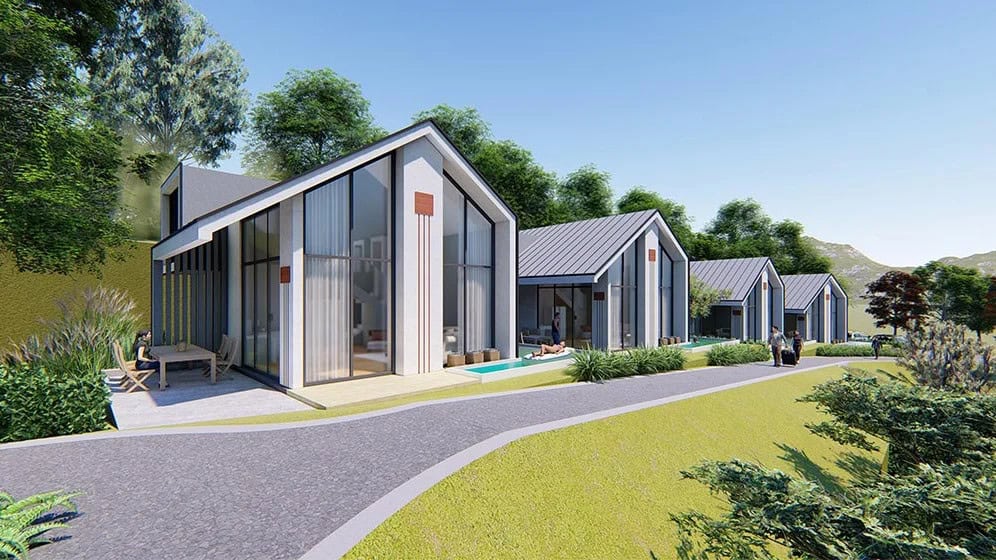
2. Benefits of Light Steel Frame Houses:
a. Speed of Construction:
-
Efficient Off-Site Manufacturing: Light steel frames are pre-fabricated off-site, reducing construction time.
-
Quick On-Site Assembly: The lightweight components can be easily transported and assembled, significantly shortening the construction period.
b. Cost-Effectiveness:
-
Reduced Labor Costs: The streamlined construction process requires fewer workers and shorter construction timelines.
-
Material Efficiency: Light steel frame houses use materials more efficiently, reducing waste and overall costs.
-
Energy Efficiency: The thermal properties of light steel frames help reduce heating and cooling expenses.
c. Energy Efficiency:
-
Insulation Performance: Light steel frames can accommodate high-quality insulation materials, improving energy efficiency and reducing utility bills.
-
Air-tight Construction: The precision assembly minimizes air leakage, enhancing the effectiveness of HVAC systems.
d. Environmental Sustainability:
-
Recyclable Materials: Steel is highly recyclable, reducing the environmental impact of construction.
-
Reduced Waste: The off-site manufacturing process generates less waste compared to traditional construction methods.
-
Lower Carbon Footprint: Light steel frame houses have a smaller carbon footprint due to their energy efficiency and material sustainability.
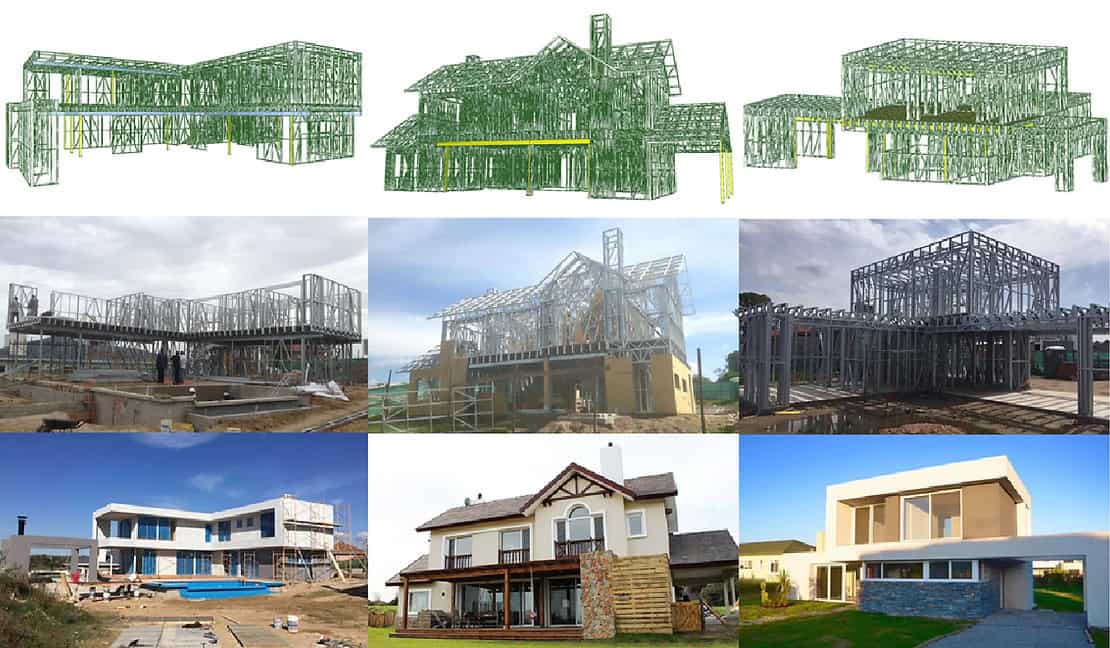
In a rapidly evolving world where sustainability and efficiency are paramount, light steel frame houses have emerged as a game-changer in the construction industry. Their combination of strength, flexibility, cost-effectiveness, and environmental friendliness make them an attractive option for homeowners and builders alike. As more people discover the benefits and potential of light steel frame construction, the future of housing looks brighter than ever.

